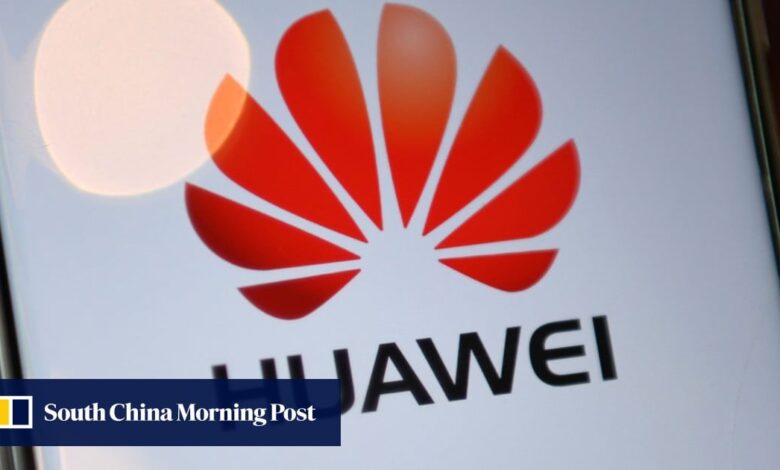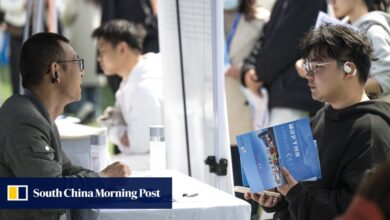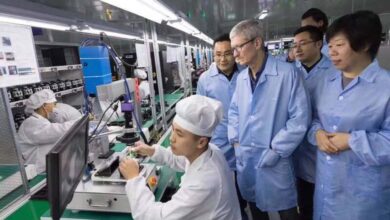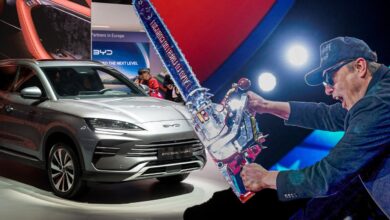Huawei aims to deploy Harmony OS on 400 million devices in 2021, going beyond smartphones to reach many IoT gadgets

China telecoms equipment giant Huawei Technologies Co. aims to deploy Harmony OS on 400 million devices in 2021, according to a senior Huawei executive, as the Chinese telecoms giant manoeuvres to survive harsh US technology restrictions.
Wang Chenglu, the head of software at Huawei‘s consumer business group, said at a forum on Tuesday that the company’s goal for Harmony OS this year is to install it on over 200 million Huawei devices and over 100 million third-party devices. “Altogether, the hardware products with Harmony OS will reach 300 million to 400 million units by the end of this year,” Wang said.
It remains to be seen whether the Shenzhen-based company can break the mobile OS duopoly of Apple’s iOS and Google’s Android. It is difficult for new operating systems and app ecosystems to gain widespread adoption among consumers.
Huawei unveiled Harmony OS in August 2019, about three months after the US announced restrictions that barred the company from shipping Google apps and services on new products. But Wang denied Harmony OS was developed to skirt US sanctions.
“The outside world may speculate whether Huawei developed Harmony OS because of US sanctions. I can tell you it’s not the case,” Wang said. The system started development in May 2016, he added, when Huawei was concerned about all its devices relying on another company’s software.
Since Harmony OS was launched, some people have raised questions about similarities to Android, with reports that the system works with computer software designed to interface with Android. While Huawei said that Harmony OS would be open source, the company has not yet released a sufficient amount of source code to determine whether it is a completely independent OS.
Wang argued that Harmony OS is “neither a copy of Android nor iOS”, and the goal of Harmony OS is to connect Internet of Things (IoT) equipment so that it can be used on multiple devices without recompiling it for different platforms.
“Huawei’s Harmony OS is for the IoT era. It is different from Android and iOS, which are solely designed for smartphones,” Wang said. Google has also modified Android for other devices, such as TVs and wearables, with limited success.
Huawei faces an uphill struggle to replace Android, which remains the world’s most popular mobile OS and controls a 72 per cent share of the global market as of October, according to data analytics firm Statista. Android and Apple’s iOS, the world’s second-most popular mobile OS, jointly account for 99 per cent of the global market, Statista data showed.
The first product to run Harmony OS was a smart TV launched by Huawei’s former budget brand Honor in 2019. At the launch of Harmony OS 2.0 in September 2020, Huawei’s consumer business chief executive Richard Yu Chengdong said the company’s smartphones would fully support the second-generation operating system by 2021. The company also plans to use the OS in smart speakers and earphones by 2021, before adding it to more devices like virtual reality glasses after 2022.
Huawei released the Harmony OS 2.0 beta in December. More than 100,000 developers had joined the platform by the end of 2020, including 120 developers of mainstream apps such as China’s second-largest e-commerce platform JD.com, long-form video platform Youku and voice recognition software provider iFlyTek.
This article appeared in the South China Morning Post print edition as: Huawei aims high for Harmony OS
Source link



